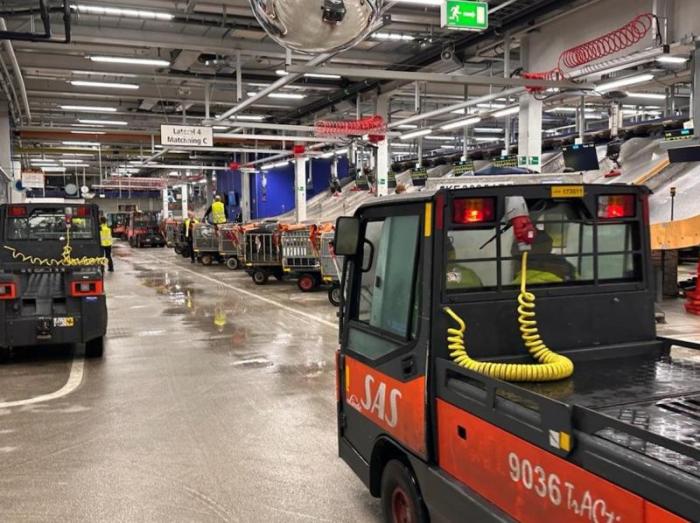Drivers of electric vehicles in Arlanda Airport's baggage handling areas often exceeded the 8km/h speed limit, significantly elevating the risk of accidents and safety incidents. As a result, airport operator Swedavia issued a mandate for automatic speed control, aiming to enforce a safer, more regulated operational environment. The mandate highlighted the necessity for an intelligent, adaptable solution that could seamlessly integrate into the existing workflow without causing disruptions.
Working with SAS Ground Service Handling, RIoT Secure responded with an intelligent engine that transcends traditional approaches. The system mimics intelligent decision-making by responding autonomously to the vehicle's constantly changing environment. This advanced level of adaptability ensures seamless and efficient operation in varied operational conditions.
Traditional geo-fencing solutions, especially in the Nordics, often grapple with GNSS degradation, making them less efficient due to unreliable location tracking. This challenge is exacerbated above the 55th latitude, a region where such systems typically require additional hardware to function effectively. RIoT Secure's solution skilfully navigates this limitation. It uses GNSS signals not for pinpoint location tracking but to intelligently determine whether a vehicle is indoors or outdoors, adapting its behaviour accordingly without precise geographical data, thus ensuring reliable and adaptable operation wherever the setting.
Gurbuz Kemal, a driver at SAS Ground Handling, said: “From a safety point of view, this feels like a clear improvement and reduces the risk of injuries, and it has worked very well for me”.
The innovation leverages edge computing to facilitate real-time data processing and decision-making directly on the vehicle. This technological advancement not only elevates safety standards but also minimises risks associated with high-speed accidents in ground service handling.

